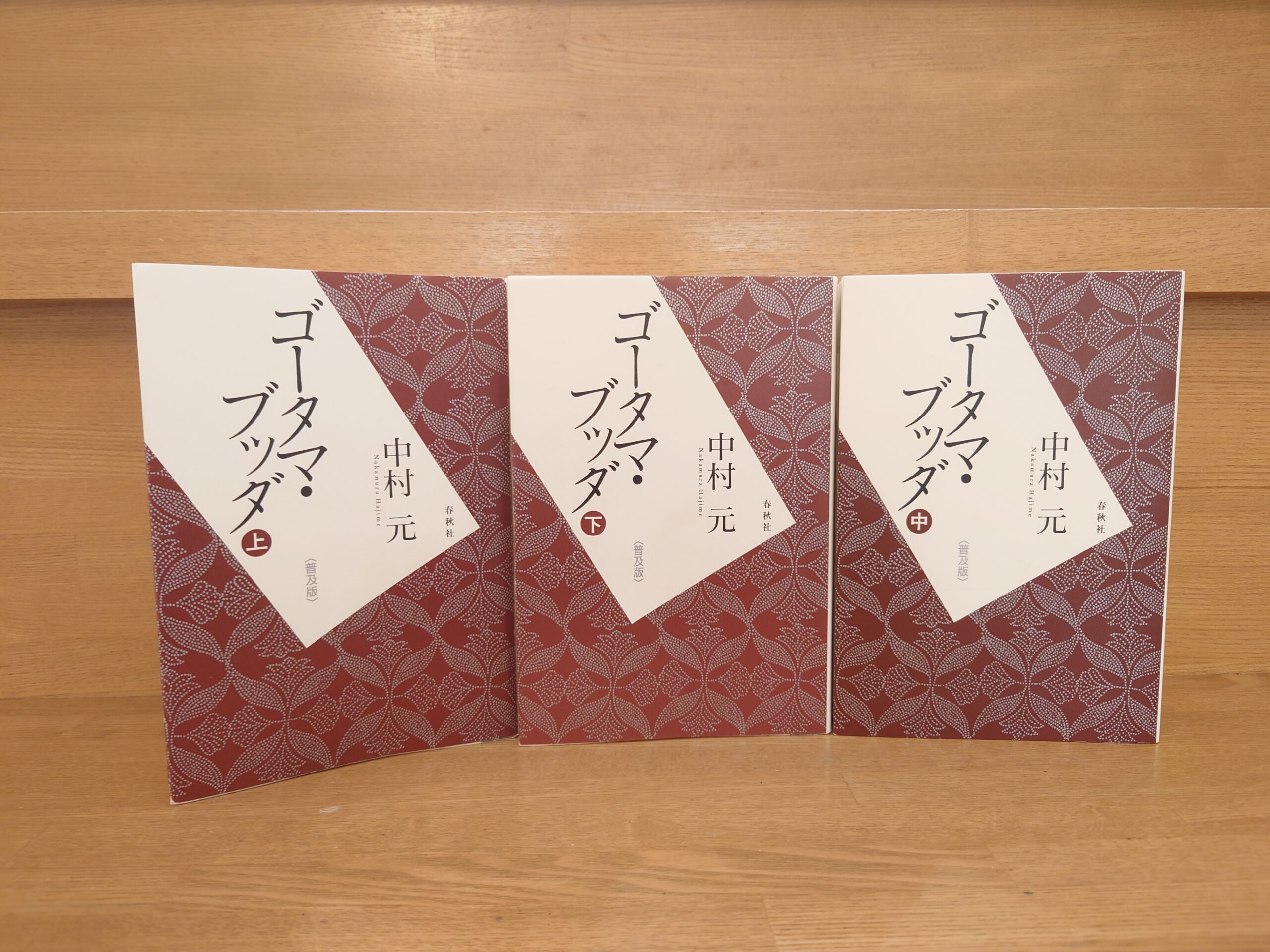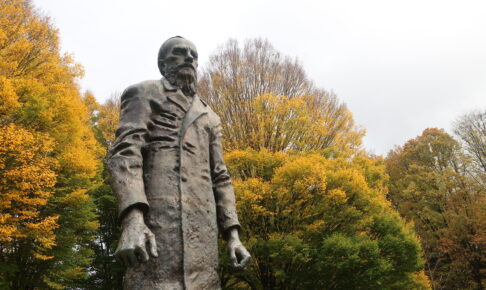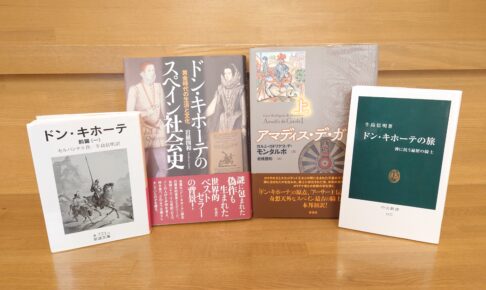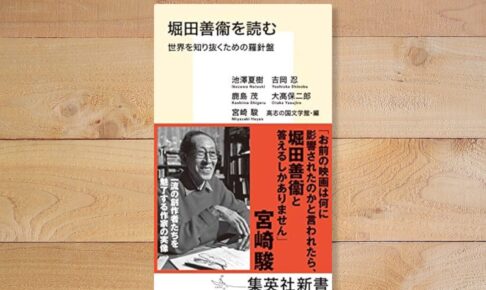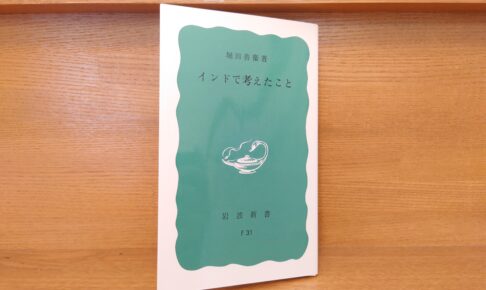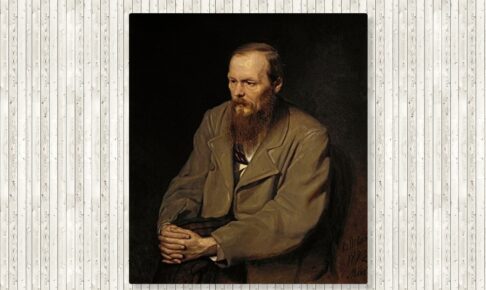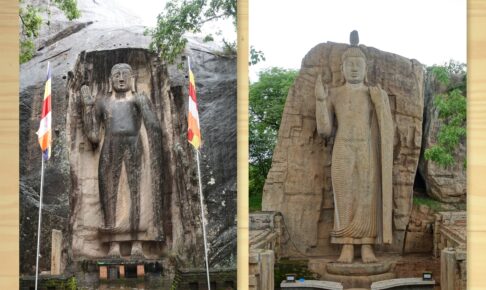Gen Nakamura's "Gautama Buddha" Summary and Impressions - A biography that uses original sources to reveal the "human Buddha". What is the unmythologized Buddha?
The book introduced here is "Gautama Buddha (popular edition)" by Gen Nakamura, published by Shunju-sha in 2012.
Let's take a quick look at the book.
What kind of life did Buddha lead and what kind of thoughts did he speak? This volume describes his life from birth to enlightenment. (Volume 1)
Buddha accepts Brahma's advice and speaks out the truth. What exactly did Buddha preach? The story of Buddha's subsequent path to "salvation" is described. (Middle volume)
What is "Buddha's Last Journey"? What did Buddha encounter on his pilgrimage to his hometown? This is the moving conclusion of Buddha's journey to Nirvana. (Second volume)
AmazonProducts Page.
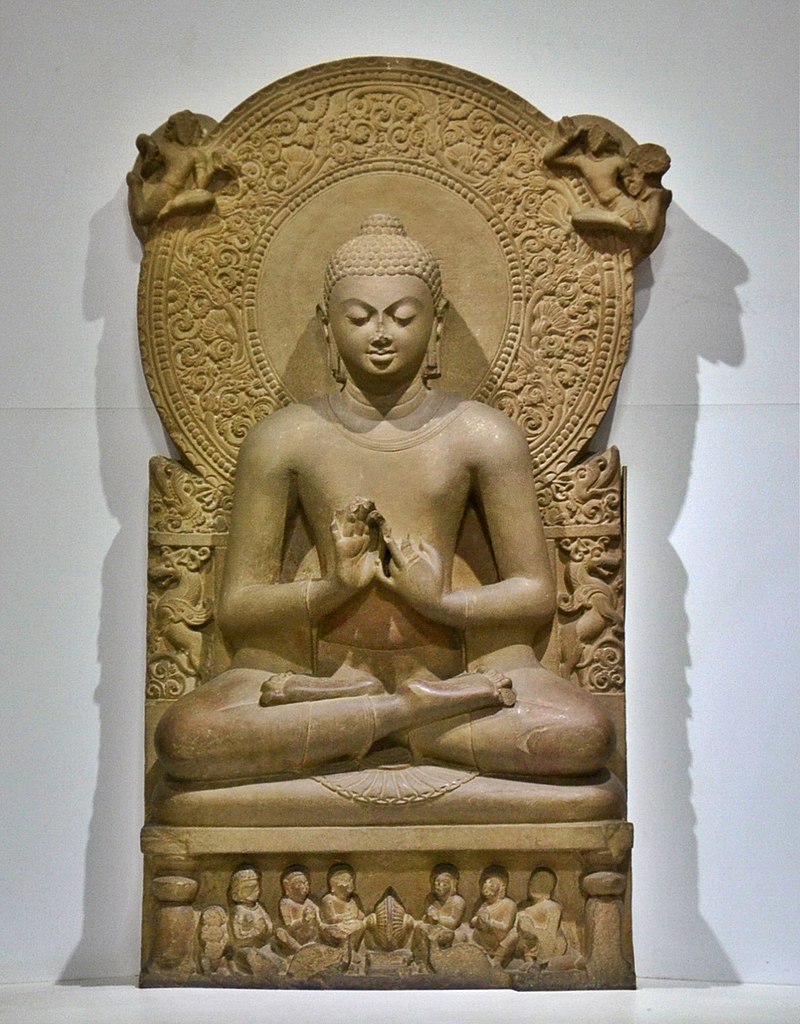
This book is a biography of Buddha by Buddhist scholar Gen Nakamura. What makes this work unique is that it explores the Buddha, who is not deified, using the original texts of primitive Buddhism.
This "Gautama Buddha (Popular Edition)" is a revised edition of "Nakamura Gen's Selected Works (Definitive Edition) Volumes 11 and 12: Gautama Buddha" for easy reading by general readers. However, the content of the book is quite solid, making full use of the original texts, so if you pick up this book as an introduction to Buddhism, you will probably be quite taken aback. This work is recommended for those who have some knowledge of the life of Buddha and wish to learn more deeply.
The foreword to the popular edition by Sogaku Maeda at the beginning of this book states the following about the book.
Among Nakamura's many works, "Gautama Buddha" is the most famous of his masterpieces, and as mentioned above, it constitutes Volumes 11 and 12 of the 40-volume "Nakamura Gen Selected Works [Definitive Edition]". (omitted).
From ancient times, there have been a variety of Buddhist texts known as "Buddhist biographies," and there are also many biographies of Buddha written by researchers today, based on these "Buddhist biographies" in various ways. However, modern people who have been baptized into science find it difficult to accept the deified Gautama Buddha with mythical and miraculous elements added to it. Therefore, Dr. Nakamura's "Gautama Buddha" attempts to clarify where and how Gautama Buddha, as a historical personality, was actually born, what kind of activities he engaged in, and what he preached - by using all the academic means possible today.
It is nearly impossible, even today, to understand and communicate historical figures as they are. This is especially true for historical and religious figures such as Gautama Buddha, who was born some 250 years ago. Nevertheless, the image of Gautama Buddha that has been created based on a clear and reliable methodology, as clearly explained in the "Preface" of the first volume, and based on his personal visits to the site, may be the closest to the actual image of Gautama Buddha that is available today.
Shunju-sha, Nakamura Gen, "Gautama Buddha (popular edition)," vol. 1, p. iiii-vi.
The Unmythologized Biography of Buddha. That is the Gautama Buddha (popular edition).
Frankly speaking, you may be surprised to learn that it contains some things that are different from the Buddhist tradition and philosophy we are usually familiar with. And it cannot be said that there are no inconvenient points from the Japanese Buddhist priests' point of view. However, if we hide or cover up such inconvenient points, the development of thought and the Buddhist Way may be closed. It is precisely because we are now able to verify history that it is important for us to face these facts and question our own way of being.
I would like to conclude this article by noting the character of Buddha as described by Dr. Gen Nakamura at the end of this Buddhist biography.
Throughout his entire life, Gautama's teaching style was neither eloquent and engaging, nor did it force one toward a single faith. He never says, "Follow me, or you will not be saved! Otherwise you will not be saved! He never says, "Follow me, or you will not be saved! He had no so-called guru-like qualities. He never railed against heresy. He maintained a calm mind that seemed monotonous, and taught people in a quiet and compassionate manner. He seemed to be a friendly and approachable person.
Gautama the ascetic is indeed one who says, 'Come, come,' and 'Welcome,' who speaks friendly words, who treats others with joy, who does not frown, who has a clear complexion, and who speaks to others before himself." (DN.vol.1)
His voice sounded clear and clear. Whether he was talking about trivial matters or serious ones, his demeanor remained the same and showed no disturbance. With a spacious and calm demeanor, he would even embrace heresy.
The warmth of Buddha's personality is especially evident in the Mahaparinibbana Sutra and other sutras that describe his final journey. He was neither an aggressor actively using force against others nor a victim of persecution, as were the founders of other world religions. Rather, they were political bystanders, enjoying a sense of inner serenity. (omitted).
His relationship with his disciples is very peaceful and full of love. We do not hear of him ever scolding a disciple and then expelling him. He actively takes care of sick practitioners. There is no legend that any of his disciples sold or betrayed Buddha. We can feel a strong sense of affinity with him.
He did not actively seek to increase the number of believers. Rather, he simply taught those who came to him with respect. The fact that Buddhism has been able to shed warm light on the hearts of people throughout the world in later generations can be attributed in large part to the character of its founder, Gautama. This character seems to have characterized Buddhism even in later generations.
Shunju-sha, Nakamura Gen, "Gautama Buddha (popular edition)," vol. 2, p. 369-371.
By reading this biography, you will understand the meaning of what Dr. Gen Nakamura said here. This biography carefully follows Buddha's life from the original text to find out what kind of person he was, where he lived, and how he lived.
The mythologized Buddha is a history, an idea, a culture that has been delivered to us modern people, and life itself. There is no need to deny it. Rather, I believe that the meaning of the mythologized Buddha should be cherished in the same way. However, we should also learn about the existence of the "historical man, the Buddha. I believe that this study will enable us to perceive the Buddha from both historical and mythological aspects, and to get a deeper sense of Buddhism.
It is a valuable work to know the human Buddha. We encourage you to pick up a copy.
The above is "Gen Nakamura's "Gautama Buddha" - A biography that uses original sources to reveal the "human Buddha. What is the Mythbusting Buddha?
Next Article.
Related Articles












